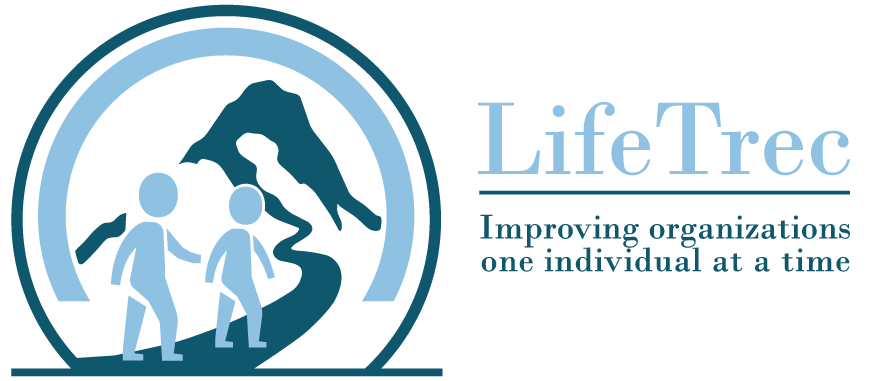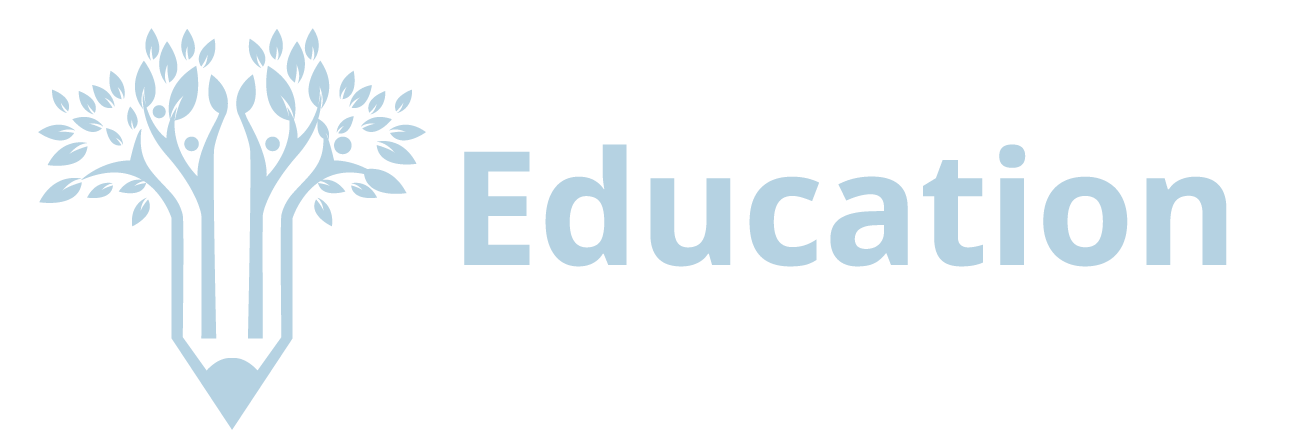11 Ways to Unleash Innovation
It’s spring 2019 and I’m presenting at a conference in Austin, TX on the topic of innovation. In one of the breakout sessions, we’re discussing what makes a good innovator. A facilitator asserts, “You don’t want innovation heroes.” I’m taken aback.
In a tone that expresses my surprise, I say, “Are there any other kind?”
He replies with the often quoted statement from President Truman, “It’s amazing what you can accomplish when you don’t care who gets the credit.”
I have often had a problem with this overused pretense of humility. It sounds good and might feel good to say, but my experience is to the contrary. I’m amazed at what stops getting done when you fail to give people the credit they deserve. Innovation is a great example. Let me explain.
The modern understanding of innovation took a huge step forward in 1997 when Clayton Christenson published his seminal book on the subject titled The Innovator’s Dilemma. He spent decades researching the topic and in the next 20 years he expanded on his content in several equally brilliant publications. To this day, his insights are the most important on the subject. However, they are also the most misunderstood. The problem is that he coined a term that was simply too evocative to stay neatly within the precise definition he designated to it. The term is disruptive innovation. After seeing the misuse of the term he admitted it was probably not the best choice of words because it took on an entirely different meaning than intended, and in some cases, may have done harm rather than good.
The intended meaning of the term disruptive innovation was to define a process whereby a new, and substantially different, product or service successfully supplants the industry-accepted dominant products or services. When the takeover is so complete it makes the previous offerings obsolete, then the industry itself has been disrupted, hence the term. As an example, think of the multiple disruptions in the music industry. In the beginning, there were records, then audio tapes replaced records, then CDs replaced audiotapes, MP3s replaced CDs and most recently streaming music services have replaced MP3s. These advancements didn’t just change the product the customer bought but with each new music format, it changed every aspect of the music delivery and marketing process. Evidence of this disruption is that once thriving music stores, full of records, tapes, and CDs, are now nowhere to be found.
Clayton Christensen was so good at recanting stories of disruptive innovation that people everywhere were inspired to be innovation superheroes. The term disruptive innovation took on a meaning of its own, and successful innovators became the celebrities of the business world. They were celebrated and the term took on a more romantic meaning. Innovators were seen as ingenious revolutionaries in a classic American tale of the underdog taking on the business behemoths. Everyone aspiring to be an innovator imagined themselves single-handedly advancing a whole industry. Craving this glory, any new idea, regardless of how successfully it replaced the previous products, was presumptively labeled disruptive innovation.
Blinded by the excitement, people forgot the essential point of Professor Christensen’s argument, as well as the title of the book. It’s darn near impossible to successfully produce a product or service while trying to disrupt it with a competing version at the same time. He often warned, “An organization can not disrupt itself.” The core business is what pays the bills. The majority of successful disruptors came from outside the industry. This is because true disruption means giving up a proven product while it’s still profitable for the sake of growing an unproven concept. Managers, executives, and investors will rarely take such a risk. However, they can’t ignore that times are changing and competitors and customers are evolving. Incremental enhancement to their current products will only hold off the competition for so long. Being late to market after others have disrupted it means losing a significant competitive advantage and jeopardizes the business. As risky as it is, companies have no choice but to innovate. That’s the dilemma. When fully understood, it’s downright scary.
A result of this dilemma is that an uncomfortable compromise has evolved in most large organizations. On one hand, leaders promote innovation while on the other, continue to prioritize the existing offerings. The competition for resources is always won by incumbent profit centers because they’re less risky. Innovation efforts are supported by the leftover resources of time, personnel, infrastructure, and funding. Innovators are encouraged to work on new projects, but, with a tether around their ankle, chaining them to their regular job and the core business. Innovation is supported as long as it doesn’t impact the performance of the regular duties, shows immediate results, does not threaten jobs, and customers approve. Additionally, the innovation project is corrupted when the new product or service is required to fit within old rules, policies, and processes. Then there is the innovator’s gauntlet in which they must follow all the bureaucratic policies, procedures, and regulations involved in getting a new product or service approved and implemented. Forget the fact most innovators have no experience or training in these areas, or in product development, procurement or project management. And still, even under these conditions, the dedicated innovators persist.
Not every prospective innovator is a hero, and as in most cases, only a few truly qualify for the title. Successful innovators live by the maxim, “If it’s going to be, it’s gotta be me.” They know they have to be willing to do everything themselves. They do it because of the powerful internal vision which has convinced them of the immense importance of the product or service they are creating. They love it and are passionate about it to the point they put their own careers at risk. Love is the willingness to suffer for the sake of someone or something greater than yourself and passion literally means to suffer in both Greek and Latin. Innovation, especially the disruptive kind, is the source of much suffering. It is the innovator’s love that enables them to endure the suffering and carries the project. They are the only ones with the requisite strength and endurance to succeed. Without them, there is no innovation and if they leave, the project will fail. This is why they are heroes and why I was so surprised to hear someone portray this as a bad thing.
The reality is that leaders can’t fully support every new idea from the early stages but there is more they can do to mitigate the ‘dilemma’ and foster a culture of innovation. Here are 11 ways to unleash your innovation heroes.
1) Establish an innovation pipeline that goes well beyond just harvesting ideas. It should include vetting, refining, funding, procuring, developing, testing, and fielding these ideas.
2) Set aside time for people to innovate as part of their daily duties. Google has found great success in doing this. If you have a Gmail account you are reaping the benefits of time set aside for innovation.
3) Create an innovation fund in your budget to get ideas through the initial phases until they can prove their viability.
4) Create a dedicated innovation procurement vehicle that skips the normal bureaucratic process and makes securing the resources needed as fast and easy as possible.
5) Catalog and prioritize your processes so you know exactly what you’re fixing and which efforts are the most important.
6) Make an effort to stop doing less important work in order to free up resources for new initiatives.
7) Hire experts who specialize in each of the areas listed in item 1. Make it part of their job to shepherd new ideas through the innovation pipeline.
8) If you’re truly going to attempt disruptive innovation, create a completely separate office or business that has no ties to the existing business model. Give them the funding they need and check up on them periodically.
9) Don’t let your heroes get discouraged by setbacks or failures. It’s a learning tool and they have to re-engage if future innovations are going to succeed.
10) Honor your innovation heroes and give them the accolades they deserve.
11) Read everything you can from Clayton Christensen!












Get Social